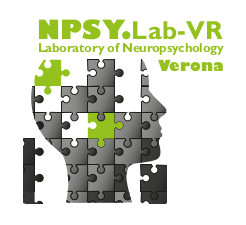Authors
Pernigo S, Moro V, Avesani R, Miatello C, Urgesi C, Aglioti SM.
Abstract
Embodied cognition theories postulate that perceiving and understanding the body states of other individuals are underpinned by the neural structures activated during first-hand experience of the same states. This suggests that one’s own sensorimotor system may be used to identify the actions and sensations of others. Virtual and real brain lesion studies show that visual processing of body action and body form relies upon neural activity in the ventral premotor and the extrastriate body areas, respectively. We explored whether visual body perception may also be altered in the absence of damage to the above cortical regions by testing healthy controls and spinal cord injury (SCI) patients whose brain was unable to receive somatic information from and send motor commands to the lower limbs. Participants performed tasks investigating the ability to visually discriminate changes in the form or action of body parts affected by somatosensory and motor disconnection. SCI patients showed a specific, cross-modal deficit in the visual recognition of the disconnected lower body parts. This deficit affected both body action and body form perception, hinting at a pervasive influence of ongoing body signals on the brain network dedicated to visual body processing. Testing SCI patients who did or did not practise sports allowed us to test the influence of motor practice on visual body recognition. We found better upper body action recognition in sport-practising SCI patients, indicating that motor practice is useful for maintaining visual representation of actions after deafferentation and deefferentation. This may be a potential resource to be exploited for rehabilitation.
Pubmed link
